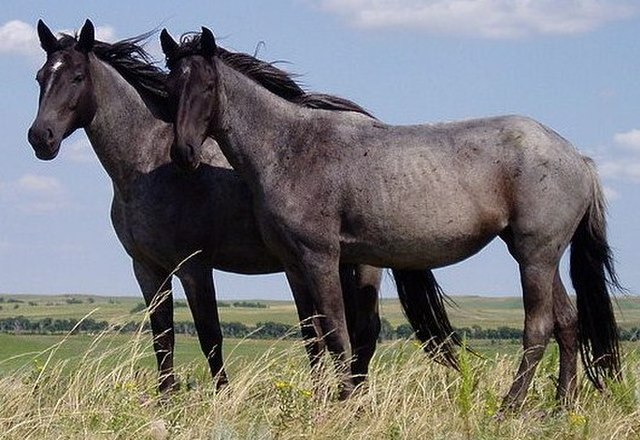In animal behaviour, stereotypy, stereotypic or stereotyped behaviour has several meanings, leading to ambiguity in the scientific literature. A stereotypy is a term for a group of phenotypic behaviours that are repetitive, morphologically identical and which possess no obvious goal or function. These behaviours have been defined as 'abnormal', as they exhibit themselves solely in animals subjected to barren environments, scheduled or restricted feedings, social deprivation and other cases of frustration, but do not arise in 'normal' animals in their natural environments. These behaviours may be maladaptive, involving self-injury or reduced reproductive success, and in laboratory animals can confound behavioural research. Stereotypical behaviours are thought to be caused ultimately by artificial environments that do not allow animals to satisfy their normal behavioural needs. Rather than refer to the behaviour as abnormal, it has been suggested that it be described as "behaviour indicative of an abnormal environment".

An exploratory sniffing behaviour that may lead to the development of the wire-gnawing stereotypy in a caged mouse
The horse is a domesticated, one-toed, hoofed mammal. It belongs to the taxonomic family Equidae and is one of two extant subspecies of Equus ferus. The horse has evolved over the past 45 to 55 million years from a small multi-toed creature, close to Eohippus, into the large, single-toed animal of today. Humans began domesticating horses around 4000 BCE, and their domestication is believed to have been widespread by 3000 BCE. Horses in the subspecies caballus are domesticated, although some domesticated populations live in the wild as feral horses. These feral populations are not true wild horses, which are horses that never have been domesticated and historically linked to the megafauna category of species. There is an extensive, specialized vocabulary used to describe equine-related concepts, covering everything from anatomy to life stages, size, colors, markings, breeds, locomotion, and behavior.
Horse
Points of a horse
Size varies greatly among horse breeds, as with this full-sized horse and small pony.
Bay (left) and chestnut (sometimes called "sorrel") are two of the most common coat colors, seen in almost all breeds.





